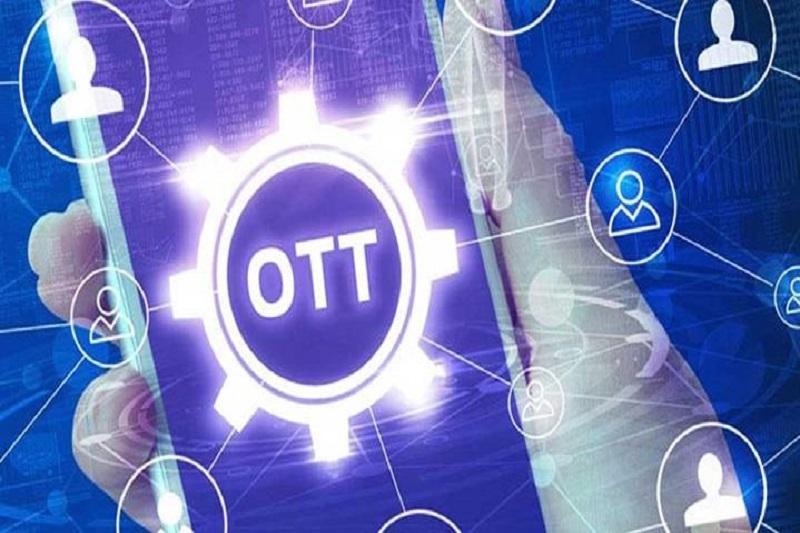What Is Cloud-Based Video Hosting And Why Is It Important?
VOD And OTT Are Among The Most Attractive Trends Of 2022 In The Field Of Cloud-Based Multimedia Services.
The growth of this industry is expected to create a market worth 90 billion dollars by 2024.
The most crucial factor that makes this technology overcome traditional streaming services is the flexibility of cloud computing infrastructure in hosting and publishing videos according to users’ needs and in line with the commercial goals of businesses.
More precisely, consumers can watch their favorite video content anytime and on any device with an internet connection.
Video hosting is a convenient way to stream movies and various video programs. The user selects the program he is interested in, watches it, and stops watching whenever he likes. VOD should be described as the beginning of a new chapter in the creation and production of television programs, which introduced binge-watching to the world of communication for the first time because it allows people to watch an entire series season easily. Watch after publication.
What are the benefits of video hosting for service providers?
VOD is a steady source of income for businesses active in this field that allows for various monetization methods. For example, active companies (providers of cloud platforms or receiving companies of cloud infrastructure) in this field can choose from the model of video-on-demand with advertising broadcast (AVOD), video-on-demand with subscription payment (SVOD), and transactional video-on-demand (TVOD) as Use revenue streams in which ad publishers, video content producers, business partners or users play a crucial role.
What is OTT?
OTT is one of the most widely used terms related to multimedia and cloud computing, with broad applications defined for it. OTT, also known as Over The Top, is a powerful media service that offers a new style of content and service delivery over the Internet. The general translation of this phrase is above, which is not very interesting; instead, the equivalent above the Internet can be used.
As mentioned, various applications have been proposed for OTT, the most important of which are the following:
OTT entered the world of technology to bypass the limitations defined by content controlling or distributing companies for (cable) TV and satellite broadcasting platforms.
OTT describes a particular type of no-carrier communication mechanism in smartphones that do not limit the user to a telecommunications service provider or, more precisely, cellular communication and, at the same time, access to cellular communication mechanisms (based on telecommunication masts) or VoIP (VoIP) calls through infrastructure and software such as messaging applications.
OTT has a lot in common with the subscription video hosting (SVoD) model, which provides access to TV and video content (combinations purchased from producers or a range custom-made for a VOD service provider).
OTT, like VOD, is the beginning of a new generation of television services that provides access to linear broadcasting channels of satellite television providers or television programs. Here, the Internet is the platform for sending data, and the user does not need to purchase additional equipment to access this content. Ayo Internet TV is a clear example in this field, which enables instant and live access to programs being broadcast on TV and works as a video hosting (VOD) provider.
OTT services are available to users through websites on personal computers and applications on mobile devices, digital media players (such as video game consoles), or smart TVs.
Unlike interactive video technologies that are hosted on cloud-based platforms and have a managed function and the user has access to the desired content at any moment, in some OTT services such as iTunes, the user has to wait for the video content to be downloaded and then played, although some other Companies active in this field of OTT, such as Netflix, Disney, Amazon Prime Video, and in the internal example of Ayo, start streaming movies at the same time as downloading movies. High-speed and stable Internet plays a vital role in accessing this content.
An important point that must be mentioned in this section is that OTT-based video content quality is better compared to some TV channels.
OTT services are divided into two main categories: Multichannel Video Programming Distributors (MVPD) and Online Video Distributors (OVD). In addition, OTT is divided into three groups, OTT television, OTT messaging, and OTT; from the perspective of the content it provides, voice Calling is separated. OVD refers to any video application delivered to the end user over the Internet or intranet networks that operate based on Internet Protocol (IP) and deliver content based on transport network protocols. It is necessary to explain that OTT refers to audio, video and other multimedia content streamed over the Internet to users in the context of broadcasting. In this case, the Multiple-System Operators (MSOs), responsible for distributing and controlling the content, provide the requested items to the users.

